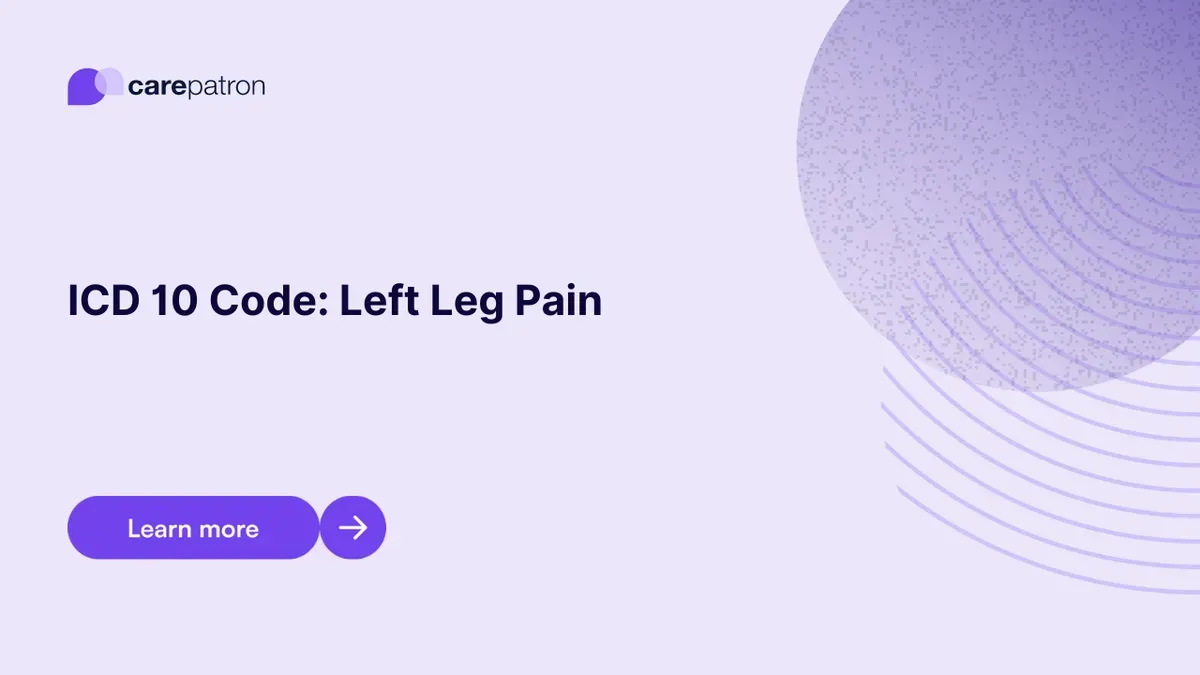
Left Leg Pain ICD-10-CM Codes
Read this short guide and learn about left leg pain ICD codes you can use!
Use Code
Commonly asked questions
Yes, though, we recommend that you use billable ones. The ones that are unbillable are likely to be invalid and non-specific.
Wear and tear over time and through overuse is the most common. Of course, there are other possible reasons, like injuries or specific conditions like arthritis, bone conditions, infections, nerve problems, muscle problems beyond simple strains, etc.
That depends on the cause. Treatment can simply be rest or the use of hot/cold compress, and painkillers. If it’s caused by something complicated like injuries and diseases, then those should be addressed.
EHR and practice management software
Get started for free
*No credit card required
Free
$0/usd
Unlimited clients
Telehealth
1GB of storage
Client portal text
Automated billing and online payments
